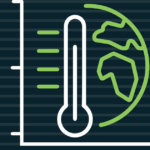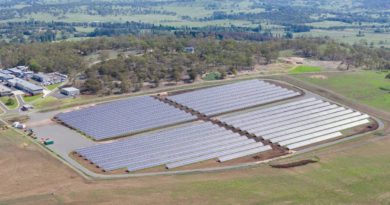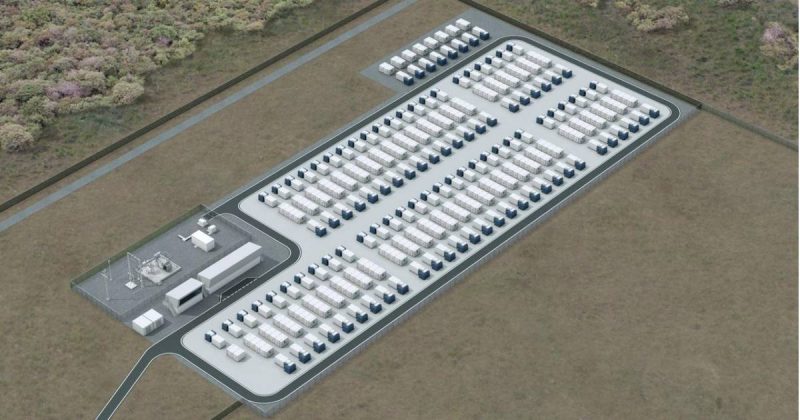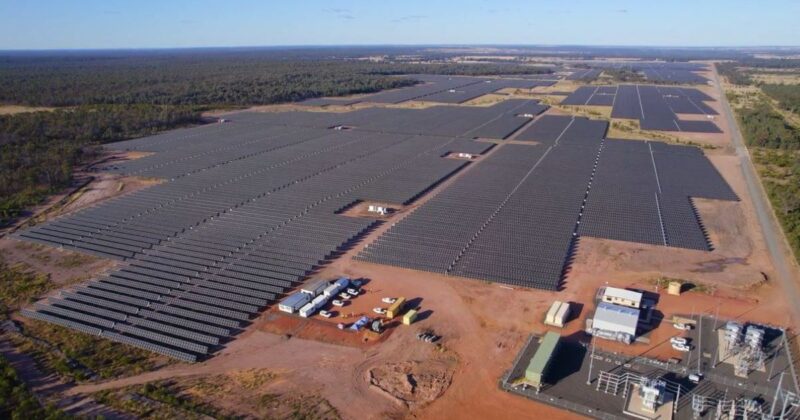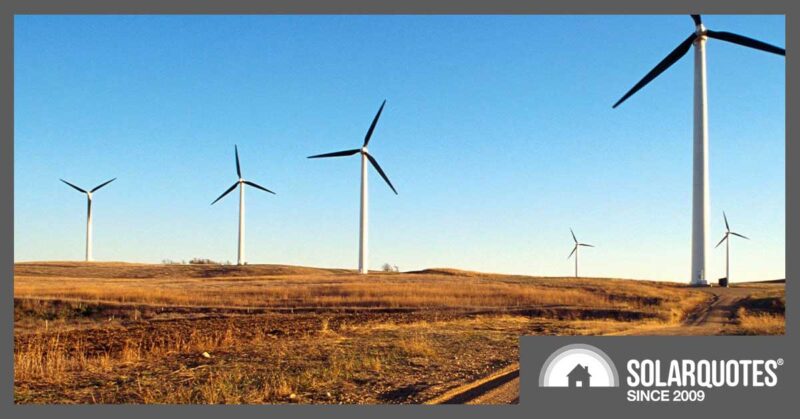Australia A G20 Laggard On Climate And Renewable Energy Policy
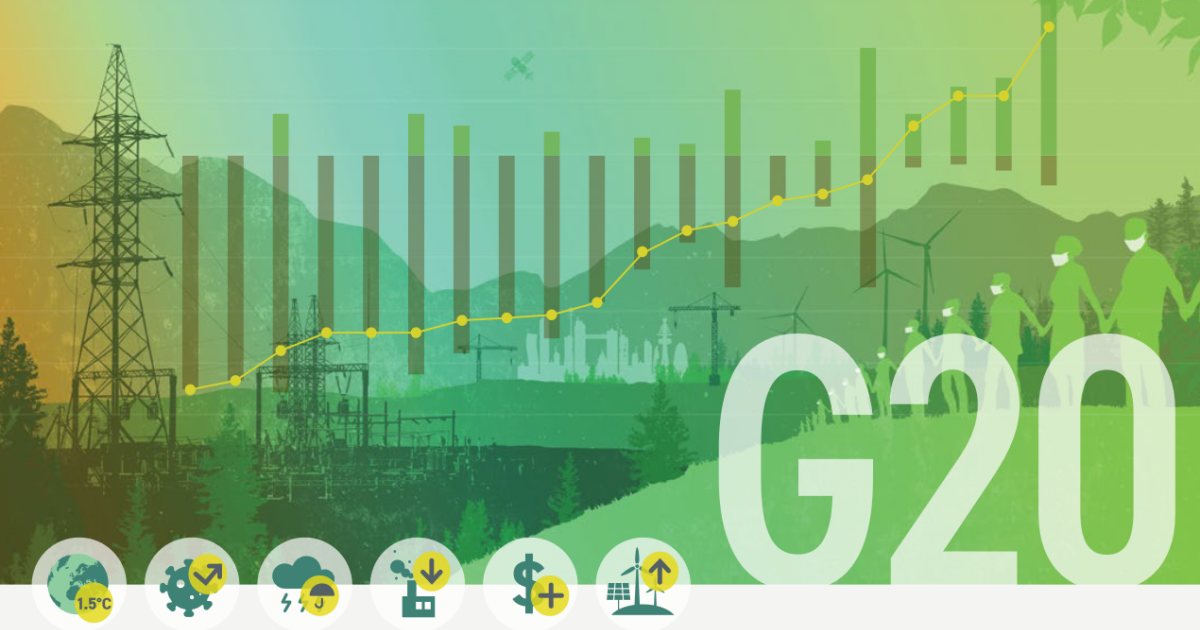
18 G20 countries have implemented or are implementing carbon-pricing schemes and 16 have policies to increase renewable energy generation – Australia isn’t among either groups.
The latest Climate Transparency Report was released last night, and is claimed to be the most comprehensive annual review of G20 countries’ climate action and their transition to a net-zero emissions economy.
The initiative brings together the expertise of stakeholders from G20 countries. Among its 14 partners is Climate Analytics, the Energy Research Institute (ERI), the Institute for Global Environmental Strategies (IGES) and the Overseas Development Institute (ODI).
The report notes the world’s leading economies are ploughing trillions of dollars into COVID-19 recovery packages, but a significant proportion is going to fossil fuel industries without climate-related conditions attached. This is a concern that has previously been raised by the OECD and the UN Secretary-General. The report states approximately 30% of stimulus spending among G20 countries is going into environmentally-intensive sectors.
Spotlight On Australia
According to Climate Analytics’ Bill Hare, Australia scores badly compared with its G20 partners:
- Australia’s emissions per capita are three times the G20 average.
- Fossil fuels make up 93% of Australia’s energy mix (including power, heat, transport fuels, etc), one of the G20’s highest proportions.
- Australia ranks fourth highest in the G20 for economic losses from increasing climate impacts.
“The Australian Government has few policies to address these issues, and its international reputation is at stake,” said Mr Hare.
While solar panels can be seen on rooftops just about everywhere here, solar, wind, geothermal and biomass make up 4.7% of Australia’s overall energy supply, lower than the G20 average of 6.4%.
The Australian Government’s 2030 national emissions reduction target is to reduce emissions 26 to 28% below 2005 by 2030 (including land use). The report states Australia is still not on track to achieve this “insufficient” target – but notes all states and mainland territories have adopted net-zero targets for 2050 or earlier.
The Australian Government’s “technology-neutral” approach continues to support the fossil fuel industry over a transition to renewable energy and in terms of fossil fuel subsidies, here’s what Australia has been spending (USD):
- 2010: $5.4 billion
- 2011: $6.7 billion
- 2012: $5.8 billion
- 2013: $5.4 billion
- 2014: $5.1 billion
- 2015: $4.4 billion
- 2016: $7.1 billion
- 2017: $8.1 billion
- 2018: $7.4 billion
- 2019: $7.2 billion
Of last year’s fossil fuel subsidy total, 69% went towards the consumption of fossil fuels, and the remainder for their production.
More Pressure On Morrison
While Australian state and territory governments have been making significant inroads on renewable energy and climate action, at the Federal level there continues to be a lack of leadership that doesn’t reflect well on the nation.
The Morrison Government is coming under increasing pressure to get with the program. In recent months, Japan, China and South Korea have tabled carbon-neutrality targets and U.S. President-elect Joe Biden’s “build back better” approach involves a climate plan aiming for the U.S. to achieve a 100% clean energy economy and reach net-zero emissions no later than 2050.
The full Climate Transparency Report 2020 can be accessed here and the Australia-specific section of the report here.
Original Source: https://www.solarquotes.com.au/blog/australia-climate-renewables-mb1768/










